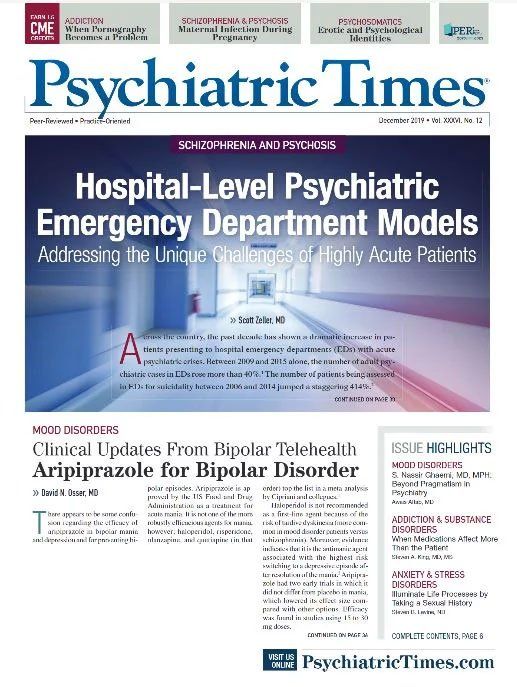LGBTQ Mental Health: What Every Clinician Needs to Know
To improve access to and quality of mental health care for individuals who identify as LGBTQ, it is important for clinicians to become allies to this marginalized community.
© lazyllama/AdobeStock
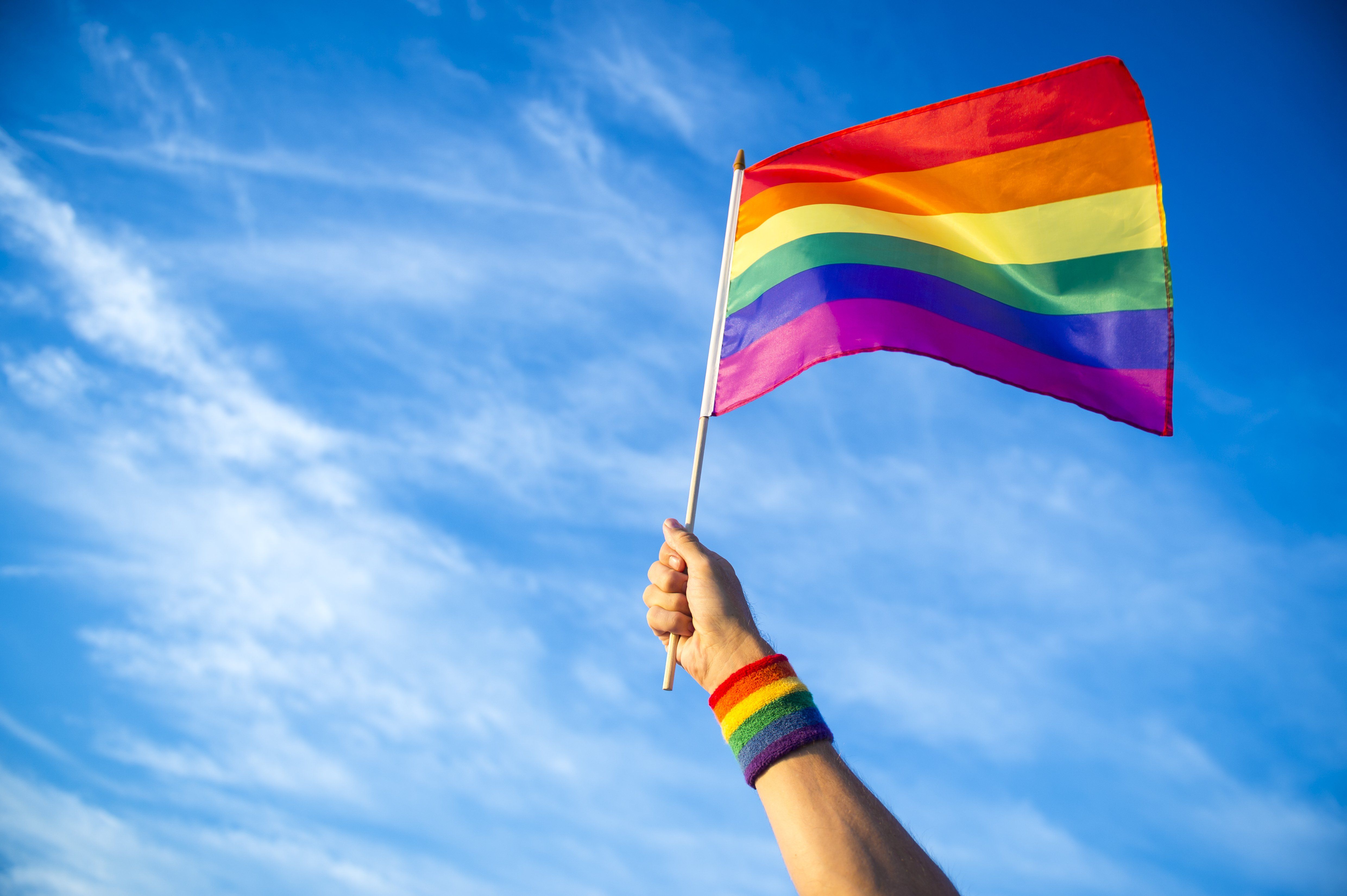
Significance for Practicing Psychiatrists

Table 1. How to be an ally
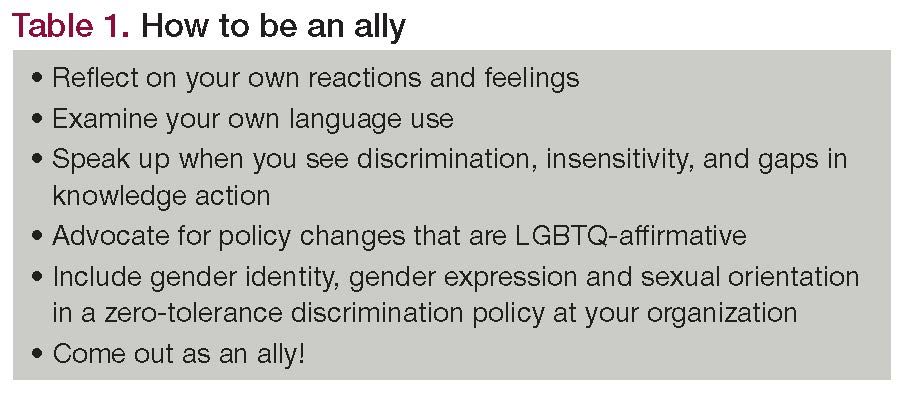
Table 2. Suggestions for creating a positive space of safety and acceptance
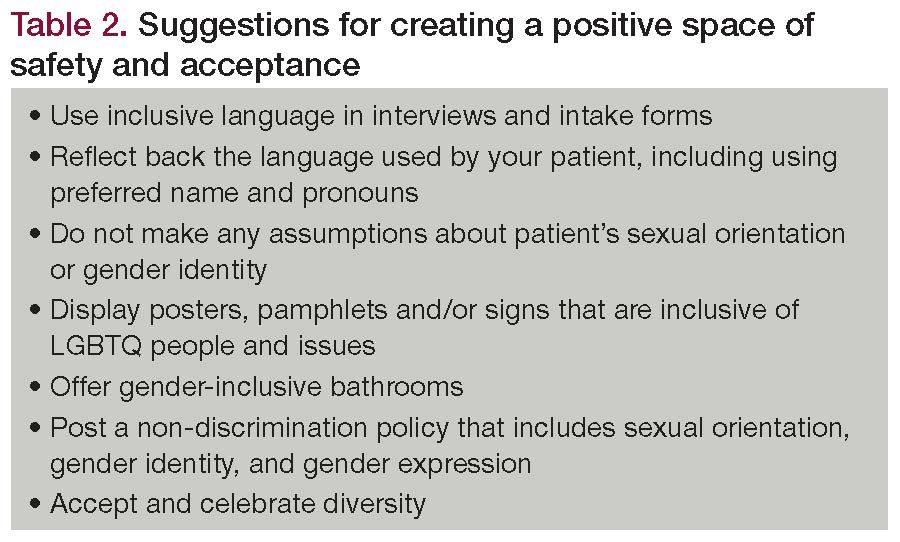
Table 3. Useful Online Resources Regarding LGBTQ Health

Glossary of LGBTQ-Related Terms
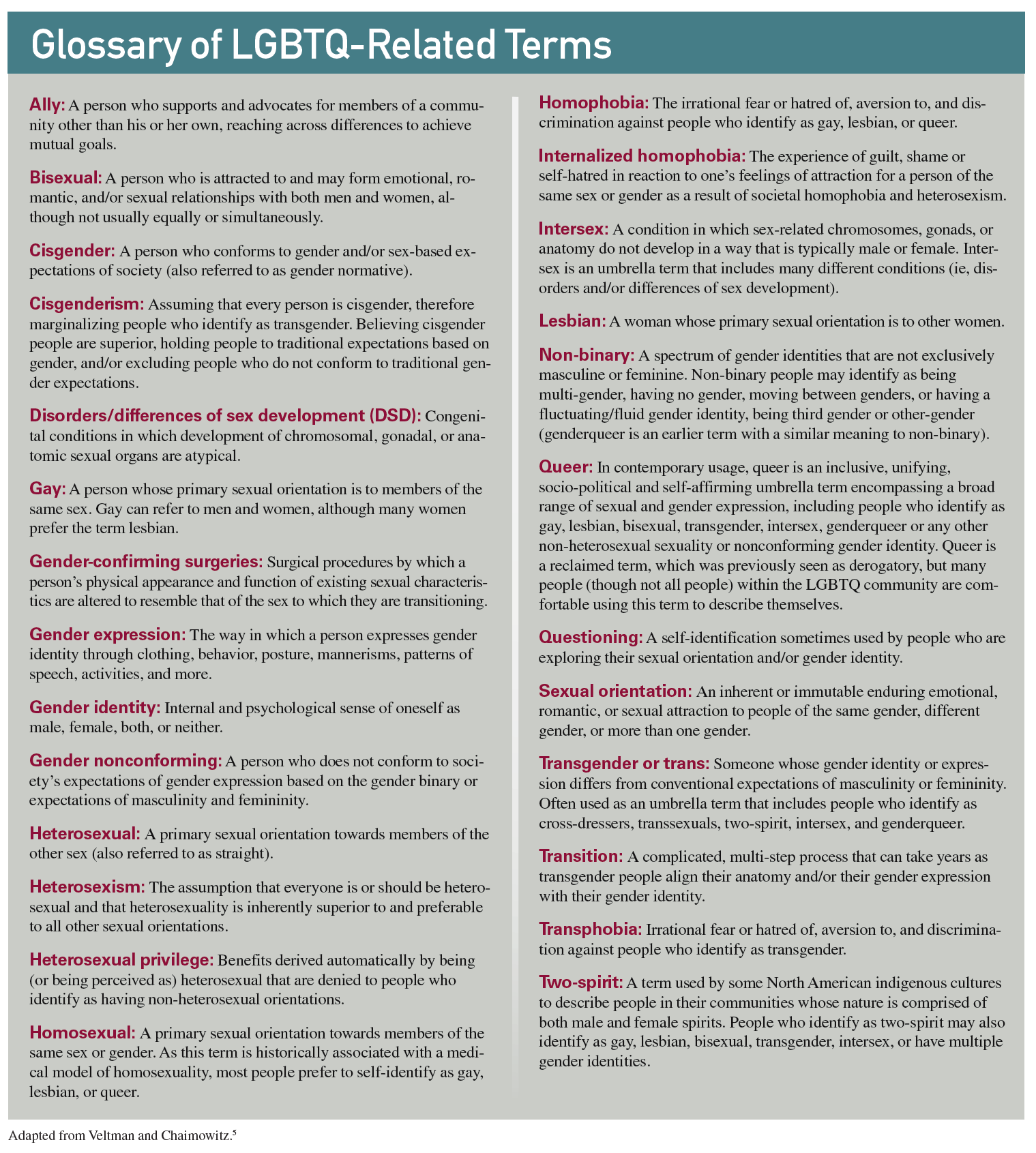
Lesbian, gay, bisexual, transgender and/or queer (LGBTQ) individuals often face significant barriers when accessing mental health services. Barriers to care include discomfort or fear of disclosing LGBTQ identity because of real or perceived homophobia, biphobia, and/or transphobia, a patient’s own internalized homophobia, biphobia, and/or transphobia, and heterosexist and/or cisgenderist assumptions on intake forms and during health care encounters.1
Moreover, the historic and continued pathologization of LGBTQ identities by the medical/psychiatric community, including previous experiences or stories of “corrective” or “reparative” therapies as well as the historical inclusion of homosexuality in DSM (removed in 1973) and the controversial continued inclusion of gender dysphoria in the DSM IV, may contribute to mistrust of mental health professionals on the part of individuals who identify as being part of sexual and/or gender minority groups.2
Dual alienation
The concept of “dual alienation” is the idea that individuals who belong to more than one marginalized group are doubly marginalized.3 Individuals with mental health issues who identify as LGBTQ belong to at least two traditionally marginalized groups. If they also happen to belong to other marginalized groups because of their race, ability, socioeconomic status, or any other factor, the marginalization they experience is cumulative and much more complex.4
Increased risk
Moreover, individuals who identify as members of sexual and gender minorities experience increased risk for some mental health issues. For example, LGB-identified individuals have a 2 to 6 times higher lifetime risk of suicide and/or depression than the general population.5 Among trans-identified individuals, the statistics on suicidality are staggering, with 77% of respondents in one Canadian study reporting that at some time in their lives they had seriously considered suicide and 43% reporting they had made at least one suicide attempt.6 In a large study of people who identify as gender variant (6450 participants), 41% reported attempting suicide at some point in their lives.7
This increased risk for various mental health conditions in this population is mostly a result of discrimination, marginalization, and homophobia, biphobia and/or transphobia, rather than something inherent to having an LGBTQ identity. LGBTQ-identified individuals experience increased vulnerability to mental health issues due to a variety of factors, including bullying, violence, discrimination, heterosexism/cisgenderism, homophobia, biphobia and/or transphobia, and potentially, the loss of support and rejection by friends and family.8 As an example of the potential detrimental effects of rejection by family, in a large study of LGB-identified youth, those who came from highly rejecting families were more than 8 times as likely to have attempted suicide than LGB peers who reported no or low levels of family rejection.9
Treatment approaches
While there are some unique mental health risks and concerns among LGBTQ-identified individuals, it should be emphasized that LGBTQ people also have many of the same concerns as the general population. Mental health clinicians should be mindful of taking a holistic, patient-centered approach by treating each patient as a whole, unique individual, rather than a collection of risk factors.
Another important issue to remember is that while LGBTQ populations are often combined as a single entity for research and/or clinical purposes, each of these identities represents a distinct population with their own specific health needs. The experiences of LGBTQ individuals are not uniform and are shaped by intersectional identities and factors such as race, ethnicity, socioeconomic status, geographical location, disability, religion, and age.4
Education and training
In most health care education programs, there is a lack of training on LGBTQ-related issues. In a study of over 150 medical schools in North America, the median number of hours of education dedicated to LGBTQ-related issues was only 5 hours and more than half of all medical schools reported zero hours of clinical training in LGBT health.10 This lack of education on LGBTQ-related issues has a negative effect on patient care for this population and contributes to the barriers faced by LGBTQ individuals in accessing high quality, culturally safe, and appropriate mental health care.
Some clinicians adopt a neutral position on the issue of patients’ sexual orientation and gender identity, believing that these issues do not or should not affect their treatment in any way. However, neutrality can equate to dismissiveness in that this stance does not take into account an important part of a person’s identity and life experiences (ie, does not incorporate an understanding of homophobia, biphobia and/or transphobia as well as other experiences of marginalization).4
Access and quality of care
To improve access to and quality of mental health care for individuals who identify as LGBTQ, it is important for clinicians to become allies to this marginalized community. Table 1 describes some tips on how to support LGBTQ communities. Creating a positive space in health care settings requires more than simply placing a rainbow sticker on the clinic office door; it requires multiple layers of action that demonstrate to LGBTQ patients that their identity and concerns are important and normalized as part of the diversity that exists within all patient populations.
Table 2 offers suggestions on how to create an LGBTQ-positive space in health care settings. There are many resources available for mental health clinicians to educate themselves about LGBTQ-related issues. A variety of useful online resources related to LGBTQ health are provided in Table 3.
Disclosures:
Dr Veltman is Associate Professor, Department of Psychiatry and Behavioural Neurosciences, McMaster University; Psychiatrist, Hamilton Assertive Community Treatment Team, Dual Diagnosis Team, and LGBTQ Mental Health Clinic, St. Joseph’s Healthcare, Hamilton, ON, Canada. Dr La Rose is Assistant Professor, School of Social Work, McMaster University, Hamilton, ON. The authors report no conflicts of interest concerning the subject matter of this article.
References:
1. Kitts R. Barriers to optimal care between physicians and lesbian, gay, bisexual, transgender, and questioning adolescent patients. J Homosex. 2010;57:730-747.
2. Veltman A, Chaimowitz G. Mental health care for people who identify as lesbian, gay, bisexual, transgender and (or) queer. Can J Psychiatry. 2014;59:1-8.
3. Kidd SA, Veltman A, Gately C, et al. Lesbian, gay, and transgender persons with severe mental illness: negotiating wellness in the context of multiple sources of stigma. Am J Psychiatr Rehab. 2011;14:13-39.
4. Veltman A, La Rose T. Marginalized geriatric patients. Hategan A, Bourgeois, J, Hirsch CH, Giroux C, Eds. Geriatric Psychiatry: A Case-Based Textbook. New York: Springer International Pub; 2018: 629-643.
5. Haas AP, Eliason M, Mays VM, et al. Suicide and suicide risk in lesbian, gay, bisexual, and transgender
populations: review and recommendations. J Homosex. 2011;58:10-51.
6. Bauer GR, Pyne J, Francino MC, Hammond R. Suicidality among transgender people in Ontario: implications for social work and social justice. Service Social. 2013;59:35-62.
7. Grant JM, Mottet LA, Tanis J, et al. Injustice at every turn: a report of National Transgender Discrimination Survey. Washington: National Center for Transgender Equality and National Gay and Lesbian Task Force; 2011.
8. Meyer I. Prejudice, social stress, and mental health in lesbian, gay and bisexual populations: conceptual issues and research evidence. Psychol Bull. 2003;129:674-697.
9. Ryan C, Russell ST, Huebner D, et al. Family acceptance in adolescence and the health of LGBT young adults. J Child Adolesc Psychiatr Nurs. 2010;23:205-213.
10. Obedin-Maliver J, Goldsmith ES, Stewart L, et al. Lesbian, gay, bisexual, and transgender-related content in undergraduate medical education. JAMA. 2011;306:971-977.
Additional Reading
1. Bayer R. Homosexuality and American Psychiatry: The Politics of Diagnosis. Princeton, NJ: Princeton University Press; 1987.
2. Drescher J. Controversies in gender diagnosis. LGBT Health. 2014;1:10-14.
3. Veltman A, La Rose T. Anti-oppressive approach to assessment. Hategan A, Bourgeois, J, Hirsch CH, Eds. On-Call Geriatric Psychiatry: Handbook of Principles and Practice. New York: Springer International Pub; 2016: 55-62.
